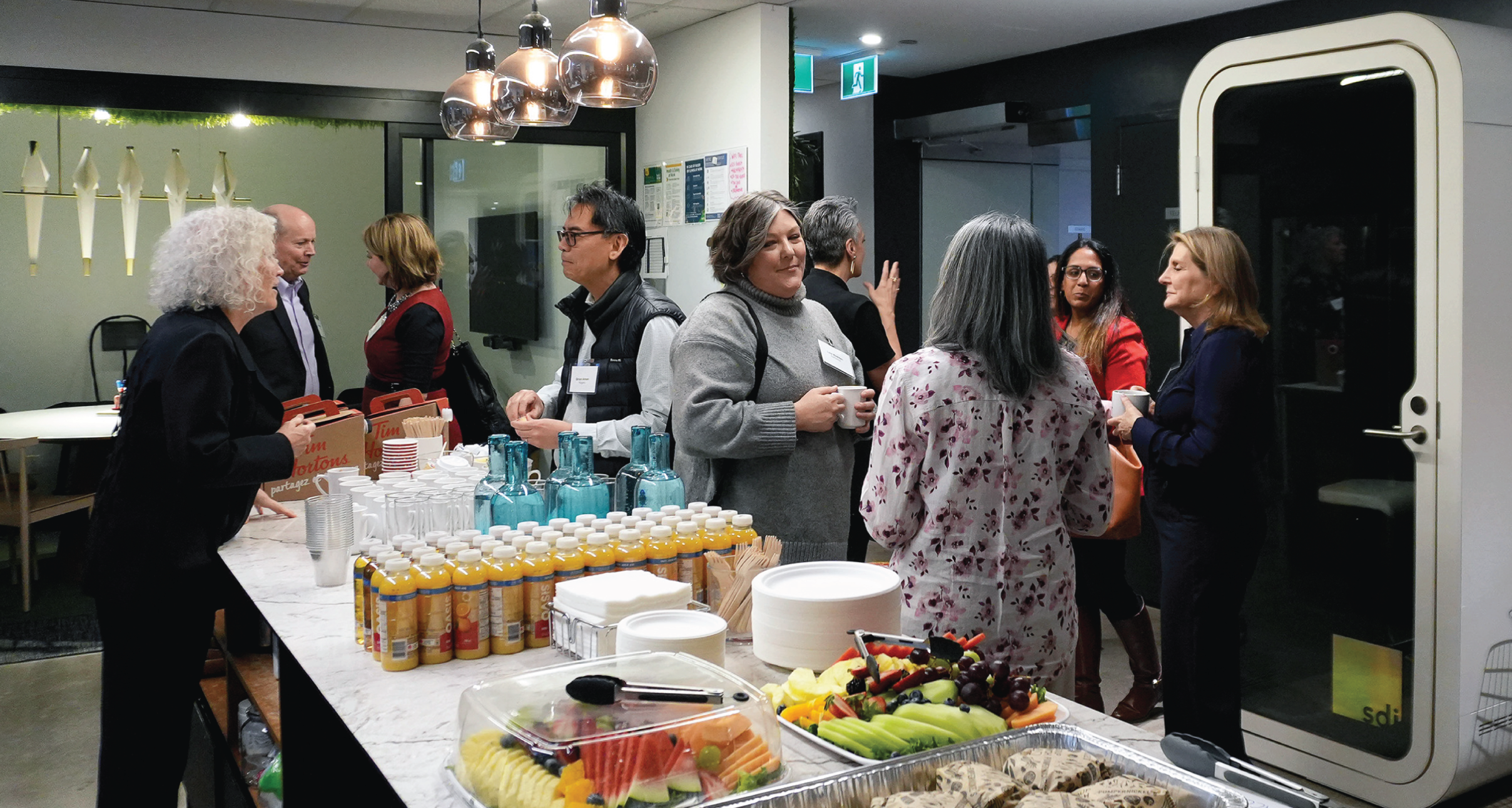Massachusetts is known as a hub of biopharma and biotech companies. But with that thriving industry comes the responsibility to staff it. This means finding a tremendous number of employees that allow the life sciences industry to function successfully. However, it's no secret that finding the quantity of workers needed to run these organizations is a complicated task. Here’s a look at how Massachusetts employers can enact a comprehensive plan to find the candidates they need, therefore bolstering the state’s real estate industry.
All Levels Wanted
The need for workers in the life sciences industry is sometimes misinterpreted as only requiring skilled scientists with advanced degrees. However, this is quite far from the truth. While powerhouse companies like Moderna and Pfizer, who are developing COVID-19 vaccines here in Massachusetts, certainly do need this level of professionals, their needs are quite diverse. Whether employees are doing research in a lab or working as a floor tech in a manufacturing facility, all levels of employees are needed. This is particularly true at a time like the present when these companies are looking to increase production.
Voices in the Industry
Back in October, Joe Boncore, the new chief executive of MassBio, told the Boston Globe that the life sciences sector could add up to 40,000 jobs through 2024 in an effort to staff the extra 20 million square feet of new lab and biomanufacturing construction and conversions planned over that time. He added that these changes are driven by medical breakthroughs and a surge of investment. His sentiments were reminiscent of earlier ones presented by leaders at Pfizer. “The biggest challenge I think as we at Pfizer look forward is how do we continue bringing and creating the external talent pipeline in advance of the biotech sector growth,” Jon Tucker, Pfizer’s global supply site leader, told the manufacturing caucus this past summer.
How It Will Get Done
To make their projected goals a reality, government officials and local universities will need to be more creative in how they engage with the life science sector. This can be done in a variety of ways. Offering incentives can be a productive tool that has worked in the past. This summer, the Baker-Polito Administration and Massachusetts Life Sciences Center (MLSC) announced $19.5 million in tax incentive awards to 28 life sciences companies. These incentives were expected to create 1,259 new life sciences industry jobs and encourage growth and expansion on a statewide basis. Another method could be working with universities and towns to teach the skill sets that are required to fill both life science manufacturing facilities jobs and R&D scientist jobs. Local educational institutions like Quincy College and Bunker Hill Community College have both partnered with the biotech industry on job training and placement programs in the past, and local politicians are currently pushing to increase that level of engagement. In fact, some experts believe public school systems should partner with companies and universities at the K-12 level to form stronger pipelines to the industry. By intervening early and placing an emphasized role on the life science industry in an earlier phase, the Massachusetts commercial real estate is set up to continue to thrive.
If you’re looking to establish manufacturing facilities and need to determine an ideal location that has a strong base of potential employees to draw from, Cresa can put this plan into action. From the ground up, Cresa’s team of qualified professionals can help your organization with site selection exercises to understand the labor pool and demographics of desired areas within Massachusetts and beyond.



